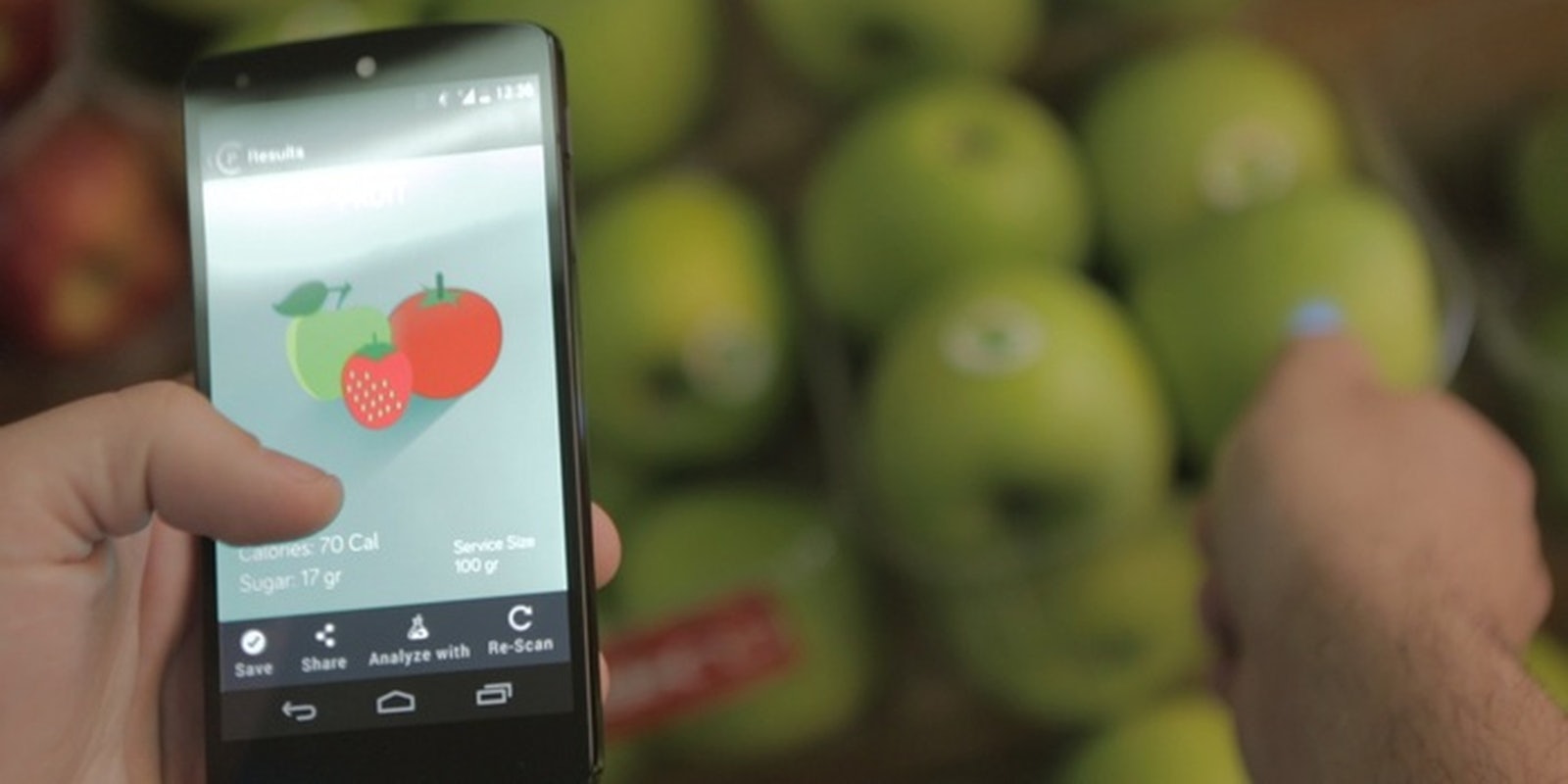Last year, a device called Tellspec raised more than $386,000 on Indiegogo, claiming to be able to identify the “allergens, chemicals, nutrients, calories, and ingredients in your food” using a single hand-held scanner costing $250. A few months later, an Indiegogo campaign for GoBe, a “wearable calorie-counting device” was even more successful.
Both devices have been repeatedly accused of being fraudulent, mostly because both seemed too advanced for current technological capabilities, and were oddly hazy when it came to practical demonstrations.
The GoBe device claimed to be able to read glucose levels through the skin and calculate how many calories you consume and burn, while the Tellspec was hailed as a real-life version of Star Trek’s tricorders. But despite multiple investigations suggesting that GoBe was little more than 21st century snake oil, its Indiegogo campaign still closed at just over $1 million.
At first glance, the Kickstarter page for Consumer Physics’ SCiO device looks dangerously similar to the GoBe and Tellspec pages. Its campaign video shows people scanning everyday foodstuffs like apples and avocados to see how much sugar they contain. The overall marketing style also has much in common with the GoBe and Tellspec advertisements, combining vaguely science-y imagery (people writing equations on whiteboards and building bits of spectrometer) with footage of families happily scanning their food to see what it contains. The difference is, SCiO’s claims are far more modest.
The success of the Tellspec and GoBe campaigns was partly due to their ability to tap into popular fears about nutrition. Are we eating too many calories? How can I tell if my child’s food is free of allergens? What if I could just use a handheld device to tell me what kind of pesticides are in my salad?
SCiO, however, seems to be marketing itself more as a kind of high-tech toy. After all, we don’t actually need a device to tell us whether an avocado is ripe or not: We can just squeeze it. So while Tellspec is something you’d spend $200 on because you want to make sure your child isn’t eating “dangerous chemicals,” SCiO is something you’d spend $200 on because it’s cool and interesting.
Compared to Tellspec, which was marketed as a similar (although rather more complex) device to test the content of food and household products, SCiO doesn’t claim to be able to give such a detailed breakdown of an object’s chemical makeup. Instead, its Kickstarter page gives simpler examples such as working out the alcohol content of a drink, or the sweetness of a piece of fruit.
SCiO is supposedly a miniaturized spectrometer, identifying substances by the way they absorb or reflect infrared light. This information is then interpreted using a smartphone app linked to a cloud-based database, which will theoretically become more and more refined as more people use SCiO devices.
To the uneducated eye, this seems more plausible than GoBe or Tellspec, particularly because Tellspec’s device was not available for testing. SCiO has demonstrated its device to several news outlets and offered hands-on testing to Pando Daily, a tech site which was assiduous in debunking false claims from similar crowdfunded devices.
The issue with this kind of tech crowdfunding campaign is that on the surface, a scam can look virtually identical to something developed and marketed by seasoned professionals. You have to rely on a combination of Google and common sense—a bullshit detector for the Kickstarter age. We won’t know how effective SCiO is until it’s actually on the market, but at the moment it looks like it could well be the real deal.
SCiO’s main function is something we already see in larger, more expensive lab equipment, and its Kickstarter page makes it clear that Consumer Physics’ biggest breakthrough was making this technology smaller and more affordable. Combine this with the smartphone app and cloud-based database of scanned materials, and you have something that sounds relatively plausible.
Photo via Kickstarter


